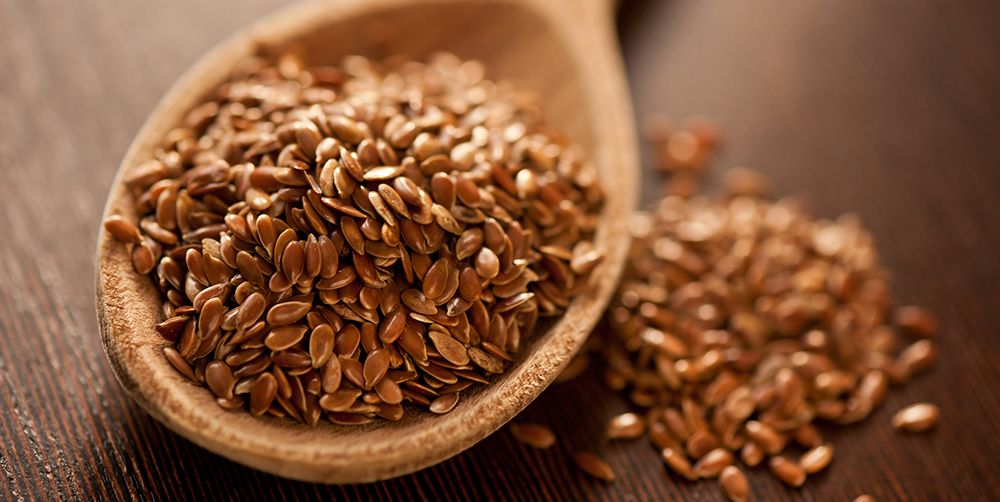Introduction
In the vast tapestry of Indian wedding ceremonies, every thread, every ritual, holds a story. One such evocative tradition is the ‘Angoothi Rasam’. A ring, a simple circle, has been at the core of matrimonial traditions, not just in India but globally. Yet, in the context of Indian weddings, this rasam (ceremony) holds a gravity that’s beautifully interlaced with stories, promises, and a myriad of emotions. As we stand on the cusp of tradition and modernity, it becomes essential to understand how contemporary couples perceive and adapt this age-old ritual. Are they holding onto its pristine essence, or are they molding it to resonate with their modern sensibilities? This exploration into the ‘Angoothi Rasam’ is not just about a ring but about love, commitment, and cultural evolution. For those unfamiliar with the intricate details, understanding the significance of the ring ceremony provides deeper insight into its beauty and importance.
Origins of the Angoothi Rasam
Historical Roots
In the intricate annals of Indian history, rituals and traditions play pivotal roles. The ‘Angoothi Rasam’, while seemingly simple, has origins steeped in antiquity. Rings have been worn by humans for thousands of years, from the ancient Egyptians who believed rings symbolized eternity, to Vedic scriptures in India where the circular form of the ring epitomized the cyclical nature of life and death. The circle, with no beginning or end, mirrors the endless loop of existence and commitment.
Symbolism in Indian Culture
Beyond mere adornment, the ring in India has evolved to become a token of various life phases. In some cultures within India, a ring is given at birth, while in others, during the coming-of-age ceremonies. But the most profound of these moments is during the ‘Angoothi Rasam’ of a wedding. Here, the ring becomes more than metal and stone; it becomes a pledge, a vow, and a perpetual reminder of the intertwining of two souls. Just as the mighty rivers of India flow relentlessly, so does the promise signified by the ring in this sacred ritual.
The Modern Take on the Ritual
A Fusion of Cultures
In today’s global village, traditions no longer remain insulated. They absorb, adapt, and sometimes transform. The ‘Angoothi Rasam’ is now often witnessed in settings that blend the traditional with the contemporary. A bride might wear a traditional saree but pair it with a ring influenced by Western designs. Or, the rasam could be set against the backdrop of a beach resort, an ancient fort, or even a bustling city rooftop. Fusion music plays, where the mellifluous tunes of the sitar meet the rhythmic beats of contemporary songs, echoing the evolving nature of this ritual.
Personalizing the Tradition
With the rise of individualism and the desire to stand out, couples are bringing their personal touch to this age-old ritual. No longer limited to gold, rings today are made of various metals, sometimes even incorporating unconventional materials like wood or ceramics. Engravings have become intricate, bearing not just names or dates, but symbols, shared memories, or even fingerprints. It’s a canvas that couples use to narrate their unique love story. In a sense, while the rasam remains rooted in tradition, its interpretation is as varied and diverse as the couples themselves.
The Resonance in Today’s World
Commitment Beyond Materialism
In an era dominated by fleeting digital interactions, the tangible act of exchanging rings during the ‘Angoothi Rasam’ stands out as a powerful counter-narrative. It’s a tactile reminder in a world increasingly leaning towards the intangible. In a way, the ring serves as a compass in the chaotic maze of modern relationships, pointing towards values like trust, resilience, and unwavering commitment.
Inclusion and Evolution
The narrative of love is changing, and so are its symbols. The ‘Angoothi Rasam’, once restricted to traditional heterosexual unions, is now a celebration of love in all its beautiful forms. Same-sex couples, inter-faith, inter-cultural, and even long-distance relationships are adopting and adapting this ritual, making it a universal testimony to love’s boundless nature. Just as the vast Indian subcontinent is a melting pot of cultures, this rasam has transformed into a global emblem of unity in diversity.
Factors Making it Relevant Today
Tying Bonds Across Borders
Migration, globalization, and the rise of digital platforms have made cross-border love stories common. For couples scattered across geographies, rituals like the ‘Angoothi Rasam’ provide a sense of belonging, grounding them in shared values and cultural anchors. It’s like a bridge connecting two worlds, reminding them that love knows no boundaries, no passports, only the language of the heart.
The Timeless Charm
Some rituals stand the test of time, not because they are rigid, but because they are adaptable. The ‘Angoothi Rasam’, with its blend of symbolism and simplicity, has a universal appeal that resonates with both the old and the new. Whether it’s the twinkle in the eyes of our grandparents as they reminisce about their ring ceremony or the vibrant Instagram posts of millennials showcasing their unique take on the tradition, the ritual’s charm is evergreen. It’s akin to a classic song, which, no matter how many times remixed, retains its original essence, touching souls across generations.
Conclusion
The ‘Angoothi Rasam’, over the years, has come to be more than a mere exchange of rings. It encapsulates a promise, a bond forged not just between two individuals but two families, two lineages. As the world spins faster, and our lives become more intertwined with technology and modern ideologies, it is traditions like these that ground us. They remind us of our roots, of promises that are eternal, and of the beauty of coming together. The modern resonance of the ‘Angoothi Rasam’ is a testament to the adaptive nature of culture and the timeless essence of love. As the golden hue of tradition melds with the vibrant colors of the present, it creates a masterpiece that’s cherished, celebrated, and carried forward with pride.
FAQs
What does ‘Angoothi Rasam’ mean?
It’s a traditional Indian ring exchange ceremony during weddings.
How is the modern ‘Angoothi Rasam’ different from the traditional one?
Today’s version often includes personal touches, fusions of cultures, and is inclusive of diverse relationships.
Is the ritual exclusive to Hindu weddings?
No, it’s embraced across various religions and cultures, especially in India.
Why do couples engrave their rings?
It’s a way to personalize their commitment and make the ritual their own.
Does the ring’s design have any particular significance?
While traditional designs have specific meanings, today’s choices often reflect personal preferences and styles.




